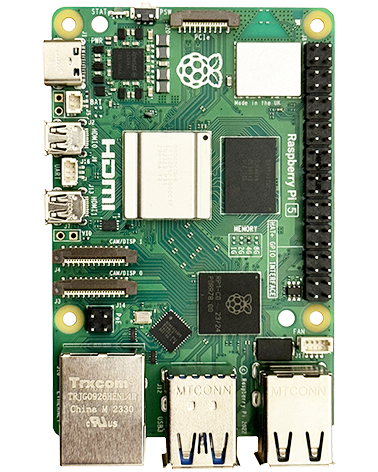Enabling The SPI Port
Via the desktop GUI
In the desktop GUI select the Start button > Preferences > Raspberry Pi Configuration
Select the interfaces tab and then select the relevant option.
Via the config file
Use the sudo raspi-config
config tool:
sudo raspi-configSelect ‘Interface Options’ and then select the relevant option.
Test the SPI Port
Test the SPI port is working by typing:
ls /dev/spidev*
You should see the following:
/dev/spidev0.0 /dev/spidev0.1
There are 2 spidev devices shown. The first number refers to the SPI peripheral which in both cases is 0 (the RPi only has 1 SPI port), the second number represents the chip select pins CS0 and CS1 .
USEFUL?
We benefit hugely from resources on the web so we decided we should try and give back some of our knowledge and resources to the community by opening up many of our company’s internal notes and libraries through resources like this. We hope you find it helpful.
Please feel free to comment if you can add help to this page or point out issues and solutions you have found, but please note that we do not provide support here. If you need help with a problem please use one of the many online forums.


5 years ago
What’s the reason for those services to be disabled? As far as I see I can still use the SPI-GPIO pins any way, or am I wrong?
5 years ago
They are just standard IO pins until their SPI function is enabled.
5 years ago
thansk for help :)